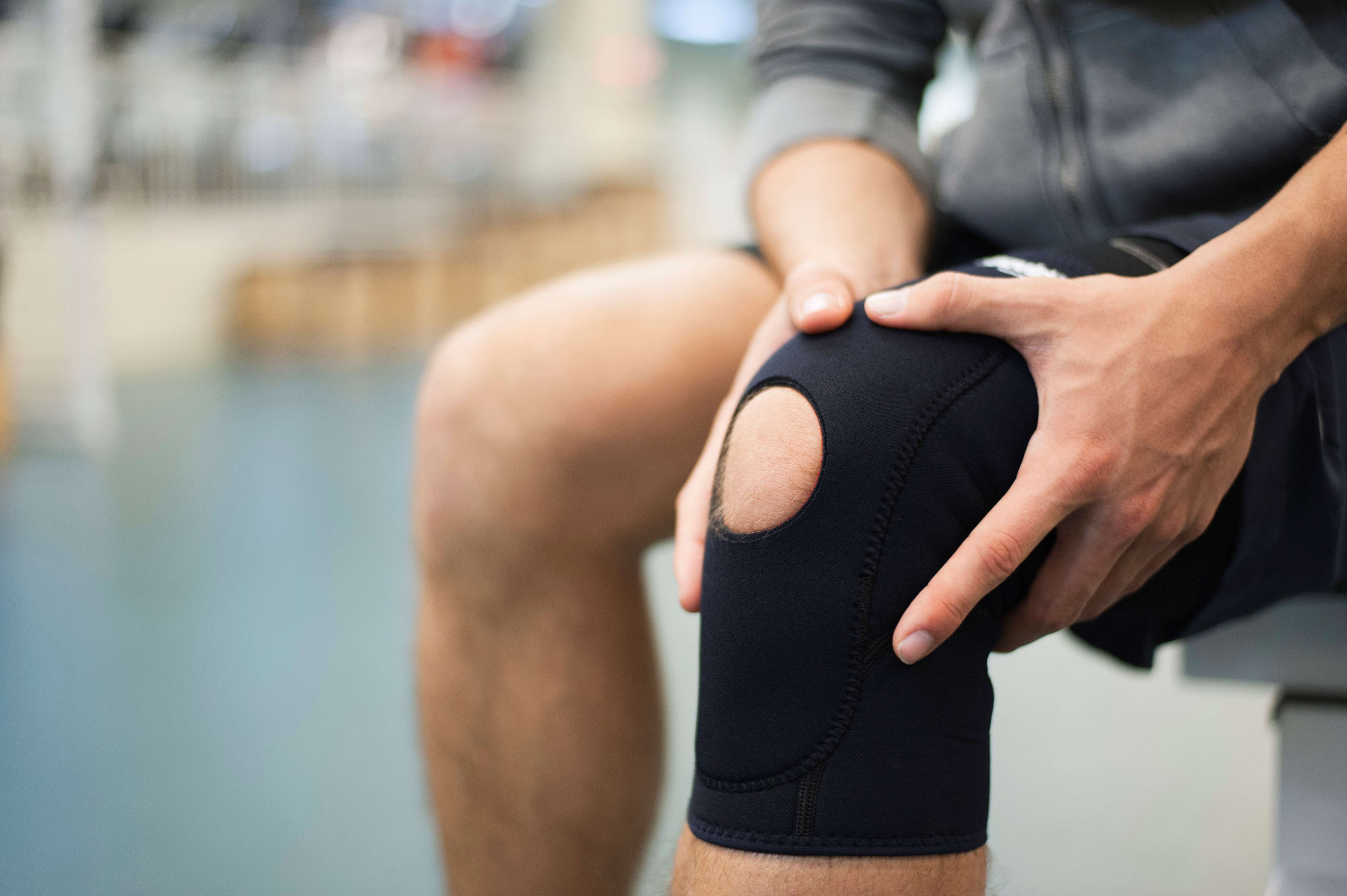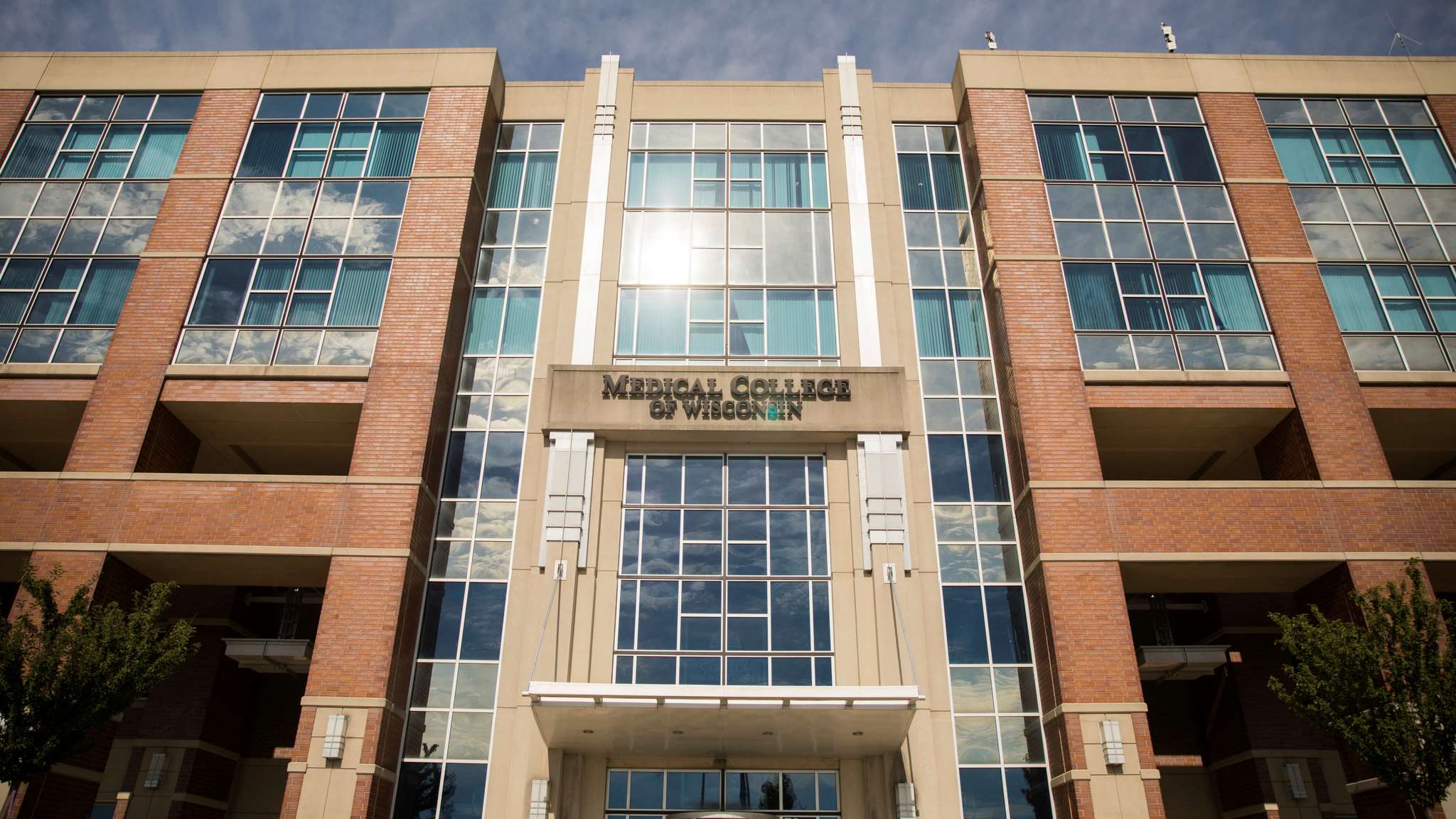The field of physiatry dates back to the two major wars of this century. Its development was in direct response to the tremendous need, for wounded soldiers returning from the battlefields of war, to recuperate and return to duty.
Initially physiatry had close ties to the burgeoning application of physical modalities in the care of injured patients. The name physiatrist (pronounced fiz-ee-at-rist) is derived from the Greek words "physis," pertaining to physical phenomena, and "iatreia," referring to healer or physician. Thus, the physiatrist was a physician who employed physical agents.
During World War I extensive utilization of "physical reconstruction services" was instituted to improve the functional restoration of injured soldiers. In 1917 Major Frank B. Granger, Medical Corps, was designated director of the physiotherapy service of the reconstruction division. Under his leadership reconstruction units were set up in 35 general hospitals and 18 base hospitals throughout the United States In these reconstruction units, graded exercises were prescribed from level 1 to level 5 (the most difficult). Commanders were enthusiastic about the program because many injured soldiers could return to full duty status upon discharge from the hospital. Early in its development, rehabilitation was explained to other physicians as the third phase of medical care. This seemed to defuse any animosity that other specialties may have had regarding physiatry taking over aspects of their specialty.
Physicians who practiced physical therapy in the 1920's fostered the field. Radiologists, strangely enough, were the first group to use physical measures to treat patients, and the first organization for physicians using physical agents was the American College of Radiology and Physiotherapy. However, by 1938 it was obvious that physical therapy physicians had distinctly different interests from those of radiologists, and at this time the official journal, Archives of Physical Therapy, X-ray and Radium, was changed to Archives of Physical Therapy. In 1945 the journal became simply Archives of Physical Medicine. Later it became the Archives of Physical Medicine and Rehabilitation, the premiere journal in the field of rehabilitation. Those dedicated physicians who practiced physical therapy formed the core of physicians who would promote, encourage, develop, and establish the field of rehabilitation medicine.
During the 1930's a handful of physicians who practiced physical therapy planted the seeds which led to the subsequent dramatic growth of physiatry. Such physicians included John S. Coulter, MD, at Northwestern University Medical Center, Frank H. Krusen, MD, at the Mayo Clinic, and Walter J. Zeiter, MD, at the Cleveland Clinic, to name a few. Many of the physical therapy physicians were from Europe and Scandinavia , where hydrotherapy or spa therapy enjoyed greater respectability. The Society for Physical Therapy Physicians was founded in 1938. In 1939 the term "physiatrist" was proposed by Frank H. Krusen. He recognized its similarity to psychiatry and therefore suggested its current pronunciation (see above). The field of physiatry developed rapidly in response to social and medical cataclysms.
During World War II another series of events propelled physical medicine forward. The Baruch Committee was formed by a noted philanthropist, Bernard Baruch. This committee, chaired by Ray Lyman Wilbur, MD, was to study physical medicine, developing ways to expand the field, and contributing maximally to the care of injured soldiers and sailors. This committee was composed of subcommittees on education, teaching, research, public relations, rehabilitation, hydrology, occupational therapy, and prevention and body mechanics. The insightful work of the Baruch Committee members, which included Frank Krusen; Lt. Col. Benjamin A. Strickland, Jr., M.C., U.S. Army; Charles F. Behrens, M.C., U.S. Navy; Lt. Col. Howard A. Rusk, M.C., U.S. Army, to name a few, produced a blueprint for the organized growth, development, and promotion of physiatry.
The Baruch Committee, with financial backing of Bernard Baruch, awarded funds to develop physiatry programs at selected universities. Perhaps one of the committee's greatest contributions was to award training fellowships to selected physicians, enabling them to receive intensive training in physical medicine and rehabilitation (PMR). These individuals included many of the early leaders in physiatry and provided the core cadre of well trained academicians to direct residencies and PMR programs.
During this time – in 1945 – a section on Physical Medicine and Rehabilitation was established in the American Medical Association. By February 1947 the requirements for a specialty board were met, and the American Board of Physical Medicine (ABPM) was recognized by the American Medical Association, Advisory Council for Medical Specialties. During World War II there were physicians practicing physical therapy, and those who dealt mainly with rehabilitation. The rehabilitation concept and its team approach to care included corrective therapists, occupational therapists, vocational education specialists, and recreation personnel organized under the team physiatrist. The American Board of Medical Specialties saw no division between physical medicine and rehabilitation, and hence both factions were included in the ABPM. The competition between the physical medicine factions and those championing rehabilitation continued. In 1949 the ABPM, in response to guidance from the Advisory Board of Medical Specialties, became the American Board of Physical Medicine and Rehabilitation (ABPM&R), which it remains to this day. This quelled the discord between these factions.





